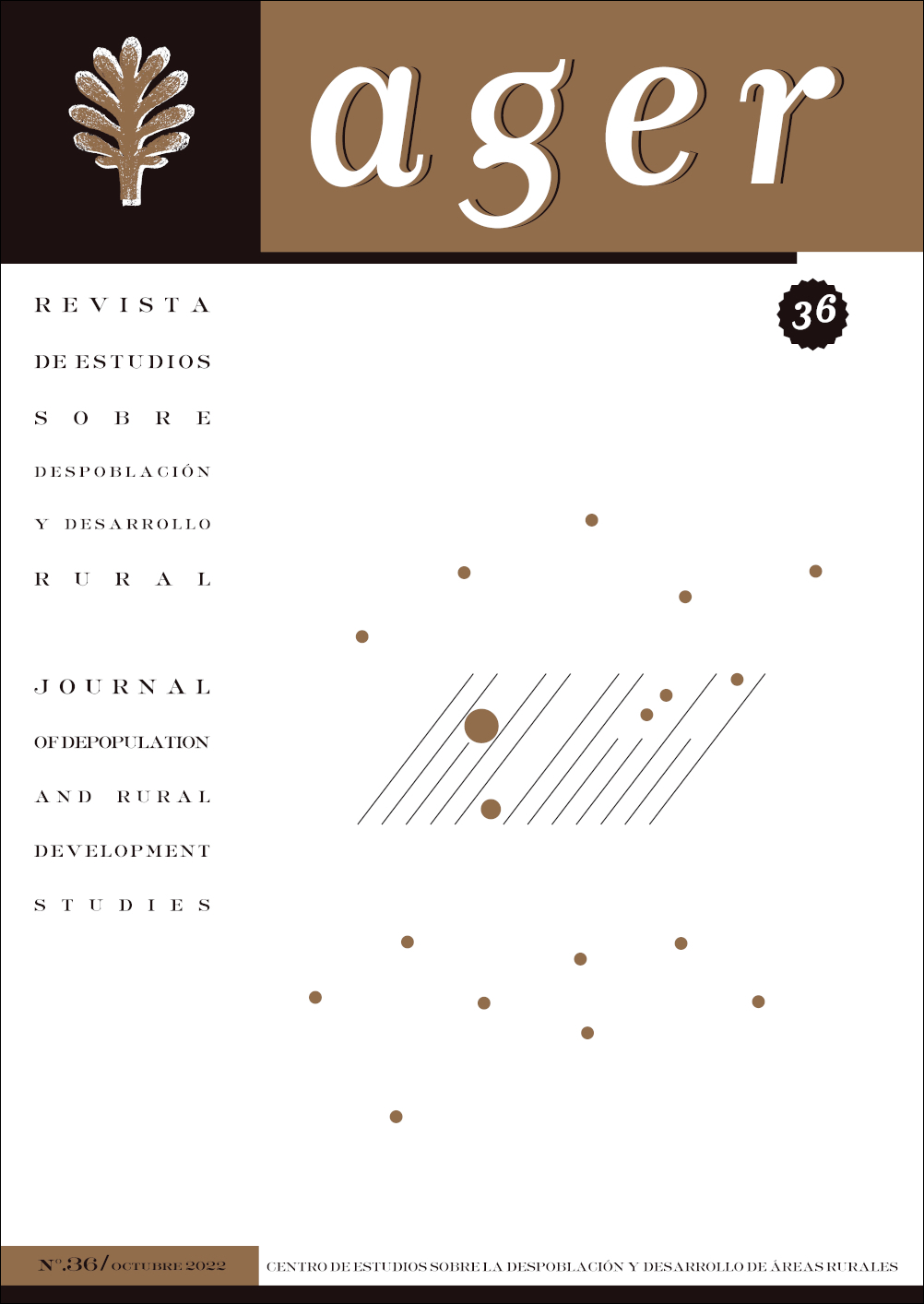Use of Geomatic Techniques and Participatory Mapping to Determine the Territory under Indigenous Peasant Management (Province of the Gran Chaco, Argentina)
Abstract
There is plenty of evidence on the importance of peasant and indigenous communities in forest conservation in South America. However, the precarious tenure of their territories constitutes their main vulnerability to deforestation and land concentration processes. 22 % of the Gran Chaco Americano ecoregion has been transformed, affecting these communities. The combination geomatic techniques and participatory mapping proves to be innovative tools for the generation of knowledge about these territorialities. The objective of the work was to map the territory under management of peasant and indigenous communities in a province of the Chaco ecoregion and characterize the state of conservation of its forests. The resulting territory is 61,000 km2, containing 81 % of the forests protected by law and preserving a stable and quality forest matrix. It constitutes evidence in favor of the land sharing strategy and the importance of community tenure. It is concluded that the indigenous peasant communities are relevant in the conservation of the forests protected by Law No. 26.331. That participatory geographic information systems allows the generation of public information on territories with precarious tenures, providing new tools for the defense of the territories.
Published
Issue
Section
License

This work is licensed under a Creative Commons Attribution-NonCommercial-NoDerivatives 4.0 International License.
Authors who publish in this journal agree to the following terms:
a. Authors retain their copyright and grant the journal the right of first publication of their work, which will be simultaneously subject to the Creative Commons Attribution Licence, which allows third parties to share the work provided that the author and the journal's first publication are acknowledged.
b. Authors may enter into other non-exclusive licensing agreements for the distribution of the published version of the work (e.g., depositing it in an institutional repository or publishing it in a monographic volume) provided that the initial publication in this journal is acknowledged.
c. Authors are permitted and encouraged to disseminate their work via the Internet (e.g. in institutional digital archives or on their website), which may lead to interesting exchanges and increase citations of the published work. (See The effect of open access).

